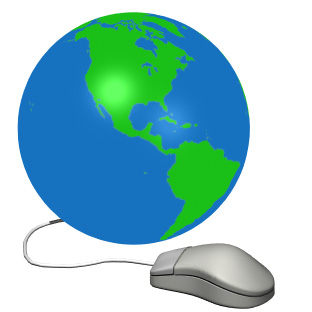|

|
|---|
STAFF: |
Mr. S. Ferrara
Department Head
|
|
| |
|
|
|
|
|
|
|
|
|
|
|
|
The Place of Technological Education in the Curriculum
Technological innovation influences all areas of life, from the actions of individuals to those of nations. It addresses basic human needs and provides the tools and processes for the exploration of both the known and the unknown world.
The power of technology, its pervasiveness, and its continual advances demand a rigorous curriculum and the commitment of educators to understand it, promote its responsible use, and enable students to become problem solvers who are self- sufficient, entrepreneurial, and technologically literate. Students must acquire the technological skills and knowledge required to participate in a competitive, global economy. They must become critical and innovative thinkers, able to question, understand, and respond to the implications of technological innovation, as well as to find solutions and develop products.
Technological education focuses on developing students’ ability to work creatively and competently with technologies that are central to their lives. Their development as technologically literate individuals throughout elementary and secondary school enhances their success in postsecondary studies and in the workplace. The policy outlined in this secondary school curriculum document is designed to ensure that technological education in Ontario meets the challenges and opportunities of the twenty-first century.
Technological education promotes the integration of learning across subject disciplines. For example, in designing a technological tool, students may gain information about its intended use (social science), about the materials used in its construction (science), about mathematical relationships describing its dimensions and shape (mathematics), and about the aesthetic qualities of its design (the arts); they may also create text that outlines procedures for the tool’s use (language). Similarly, technology supports students’ work in other subjects. It develops research skills, supports development in literacy and mathematics, and fosters creativity, critical thinking, and problem solving. In addition, it promotes global citizenship and environmental awareness.
Technological education contributes to learning in other areas of the curriculum by providing practical contexts and applications for the knowledge and skills acquired. For example, the technological education program relates to science in that students use scientific principles to design buildings and machines, and to history and social sciences and the humanities in that students assess the impact of the introduction of technologies on historical events. Technological education relies on English and literacy skills for the description of specifications, proposals, and evaluations, and has ties to the arts through its use of various media to model and present ideas and products. In technological education, students also consider the options provided by various technologies as they affect health and physical well-being. The connection to business studies is evident in the application of business principles to the study of the production and marketing of products in technological education.
The technologies grouped under technological education are connected in a number of ways. Each is based on expectations that are organized in identical strands to ensure consistency and rigour in instruction and to enable teachers to integrate the components of various courses. For example, transportation is a vital consideration in courses dealing with construction, manufacturing and fabrication, travel and tourism, and personal services. Similarly, knowledge and skills from computer and information science and computer engineering technology can be readily integrated into other courses in technological education.
Subject matter from any course in technological education can be combined with subject matter from one or more courses in other disciplines to create an interdisciplinary course. The policies and procedures regarding the development of interdisciplinary courses are outlined in the interdisciplinary studies curriculum policy document.
Technological education at the secondary level is a continuation of the elementary science and technology curriculum. Students build on knowledge, basic concepts, and skills learned in elementary school as they begin the study of technology in Grade 9 and continue into Grade 10. The organization of expectations in strands flows from the elementary into the secondary curriculum. In this continuum there is a similar emphasis on key ideas (theory and foundation), technological processes (skills and processes), and the relationship between technology and the world (impact and consequences).
Taken from the Ontario Ministry of Education Curriculum 9 - 12
|